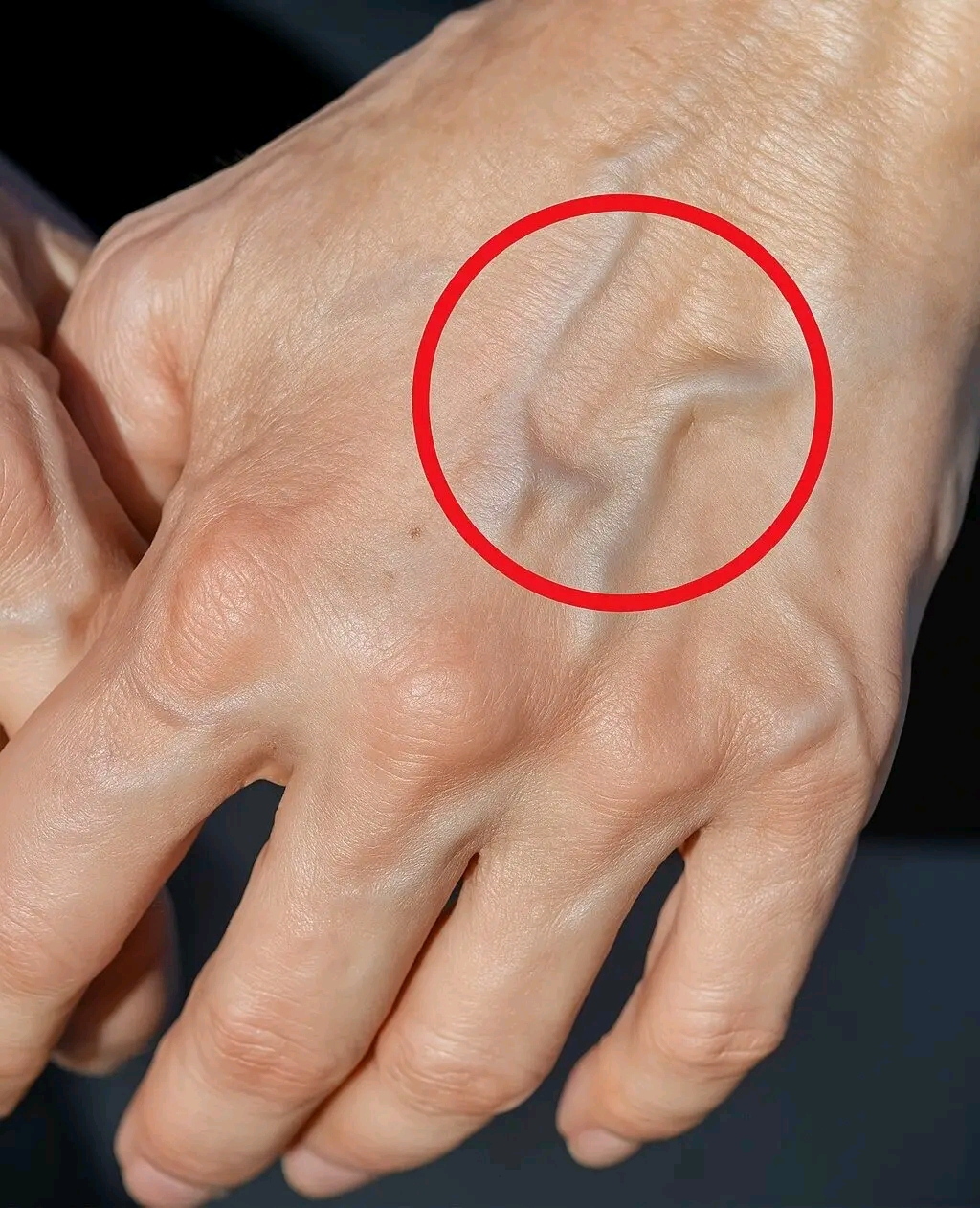Introduction and Origin
Visible veins, medically known as vascularity, are a common phenomenon in humans. For some, it may be purely anatomical or genetic; for others, it may be the result of lifestyle, body composition, or health status. The visibility of veins often sparks curiosity and a wide range of interpretations—from signs of fitness to indicators of underlying health conditions. But what does it really mean when your veins are clearly visible?
Cultural Significance
In fitness and bodybuilding culture, visible veins are often seen as a badge of low body fat and muscle definition. They can be associated with physical conditioning and aesthetic goals. On the other hand, in medical contexts, increased vein visibility may also be evaluated for circulatory or vascular health. Across cultures, the perception of visible veins can vary—from being seen as a mark of strength and health to a cosmetic concern or potential health issue.
Ingredients Quantity (Factors that contribute to visible veins)
There’s no recipe here, but these are the primary “ingredients” that contribute to vascular visibility:
- Low body fat percentage
- Increased muscle mass
- Thin or fair skin
- Good blood circulation
- High blood pressure or exercise-induced vascular response
- Genetics
- Dehydration (temporary effect)
- Age-related changes (e.g., loss of skin elasticity)
Optional Additions (Other contributing factors)
- Heat and humidity: Can cause veins to dilate and become more visible.
- Caffeine or stimulants: May increase vascular dilation.
- Hormonal changes: Such as during pregnancy or menopause.
- Medical conditions: Including varicose veins or chronic venous insufficiency.
- Weight training and resistance exercises: Increase blood flow and pressure temporarily.
Tips for Success (If aiming for visible veins for aesthetic reasons)
- Lower body fat safely: Through consistent diet and exercise.
- Strength training: Builds muscle and enhances blood flow.
- Stay hydrated: Keeps the body functioning optimally and veins healthy.
- Limit sodium: Reduces water retention, making veins more visible.
- Get enough rest: Supports recovery and hormone balance.
Note: Always prioritize health over appearance. Never aim for extreme leanness without medical guidance.
Instructions (What to do if you notice visible veins)
- Assess context: Have you been exercising? Are you warm? Is this new?
- Check for symptoms: Are veins accompanied by pain, swelling, or color changes?
- Review lifestyle: Consider diet, fitness level, and hydration.
- Consult a doctor if unsure: Especially if veins are bulging, painful, or increasing without explanation.
Description
Visible veins appear as bluish, greenish, or purplish lines under the skin, most commonly on the arms, hands, legs, or abdomen. They may be raised or flat, and their prominence can vary depending on body composition, temperature, and physical activity. For some, it’s a fleeting post-workout appearance. For others, it’s a permanent feature shaped by genetics and lifestyle.
Nutritional Information (How nutrition affects vein visibility and vascular health)
- High-protein diets support muscle growth and leanness.
- Low-sodium, high-potassium diets reduce bloating and improve circulation.
- Foods rich in Vitamin C support blood vessel health.
- Omega-3 fatty acids (in fish, nuts) improve vascular elasticity.
- Hydration keeps skin and vessels functioning well.
Conclusion and Recommendation
If you have visible veins, it usually means one or more of the following: you have lower body fat, good muscle tone, high circulation, or a combination of genetic and lifestyle factors. It can be a completely normal and healthy condition. However, any sudden or painful changes in vein appearance should be checked by a healthcare provider. Celebrate your body’s unique traits—but stay aware of what your body may be telling you.
Embracing Healthful Indulgence
Visible veins can be a natural result of a healthy, active lifestyle. But chasing extreme vascularity should never come at the cost of wellness. Focus on sustainable habits like balanced nutrition, regular movement, and self-care. Whether your veins show or not, true health is about how you feel—not just how you look.

